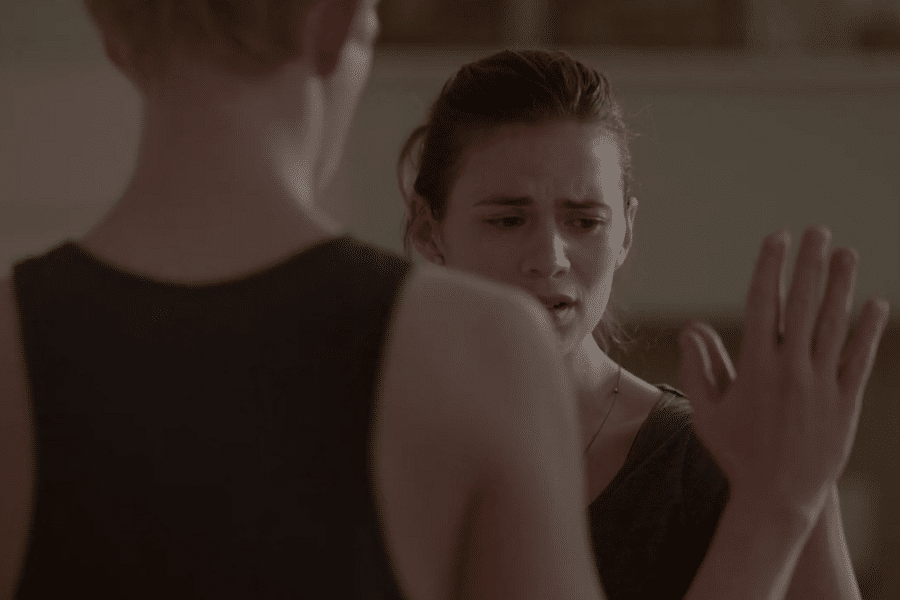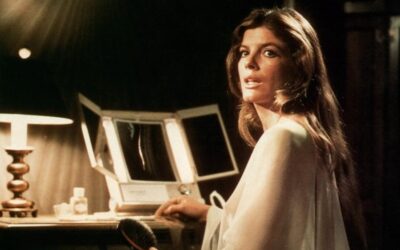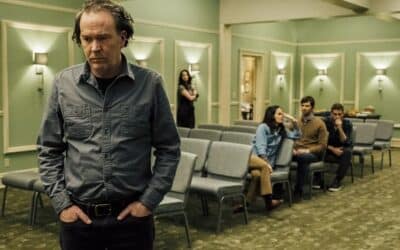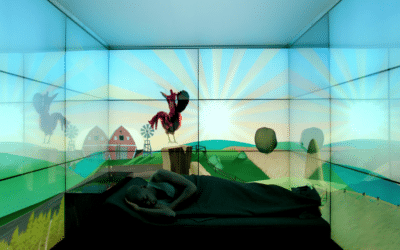
Unnerving Psychological Horror
Dark corridors, echoing footsteps, whispers in the shadows, and the mind—a more treacherous territory than any haunted mansion. Let’s tread lightly through the dim alleys of literature, where psychological horror reigns supreme, the dread is palpable, and the real monsters often wear human faces.
First stop on this odyssey: Shirley Jackson’s We Have Always Lived in the Castle. Readers meet Mary Katherine and Constance Blackwood, two sisters living in an isolated mansion. With their penchant for arsenic and unsettling rituals, the Blackwoods challenge the distinction between innocence and evil. What’s truly unnerving is not the creepy mansion, but the unsettling dynamic between the two sisters, the townfolk, and the mind’s willingness to embrace darkness. Jackson’s tale has been adapted for the screen, and the film captures the eerie atmosphere with such precision that it leaves viewers questioning their own perceptions.
Picking up pace, Ira Levin’s Rosemary’s Baby might be recognized more for its cinematic rendition by Roman Polanski, but the novel is where the real terror lies. Rosemary Woodhouse’s descent into paranoia, instigated by her peculiar neighbors and her pregnancy’s disturbing course, manifests an exquisite play on the human psyche. It toys with the idea: is the horror real, or is it a figment of her overwhelmed mind? Though Polanski’s adaptation brilliantly portrays the nightmarish scenario, Levin’s words on paper manage to tap directly into our subconscious fears.
From an urban landscape, we drift to a remote, idyllic setting with Daphne du Maurier’s Rebecca. Manderley, the opulent estate, is more than just a backdrop—it’s a character, echoing the spectral presence of the former mistress. The novel’s chilling premise lies not in ghosts, but in the living haunted by the dead. While the protagonist remains unnamed throughout, her insecurities, juxtaposed against Rebecca’s looming influence, makes for a tale where horror is deeply personal and internal. Alfred Hitchcock, the master of suspense, translated this narrative into a film classic that captures the eerie essence, proving once again that the greatest fears stem not from what’s out there, but from within.
Changing lanes, let’s talk about a show that elevated psychological horror to art—“Hannibal”. Though Silence of the Lambs is off our list today, its predecessor, Thomas Harris’s Red Dragon, forms the backbone of this series. It’s less about the acts of violence and more about the intricate dance between profiler Will Graham and Dr. Hannibal Lecter, the cannibalistic psychiatrist. The series delves deep into the gray areas of morality, with aesthetics so exquisite that viewers find themselves drawn to the darkness, questioning their own ethical boundaries.
Next on the list is Paul Tremblay’s The Cabin at the End of the World. Here, the real horror is ambiguity. The story spirals around a home invasion, with intruders claiming the world’s end is imminent unless a sacrifice is made. What drives the narrative isn’t just the external threat but the internal conflict and the unnerving question—what if they’re right? As the tension ramps up, readers are forced into the claustrophobic confines of the protagonists’ psyche, leading to an ending that’s as open-ended as it’s chilling.
Before wrapping up this journey, a nod to “Black Mirror”, the TV series that holds a dark mirror up to society, revealing the twisted depths of the human soul. Every episode is a stand-alone narrative, yet they’re united in their exploration of technology’s interplay with human frailties. Whether it’s an obsession with social approval in “Nosedive” or the haunting aftermath of grief in “Be Right Back”, this anthology taps into contemporary fears, making the dystopia feel just one misstep away.
Journey’s end draws near. Psychological horror, at its core, tugs at the very threads of sanity. It doesn’t rely on the overtly supernatural or the grotesque. Instead, it whispers in the ear, gnaws at the soul, and casts shadows where there ought to be none. The tales above, and their on-screen adaptations, succeed in casting a spell, leaving a lingering feeling of unease, long after the last page is turned or the credits roll. So, in these dark corners of the mind, tread lightly, for monsters lurk—and they look just like us.
More Horror Features
1970s Horror
The 1970s may be gone, but the fear they inspired remains
Horror Through the Ages
A Journey Through Time and Terror
Technology in Horror
When gadgets become nightmares



